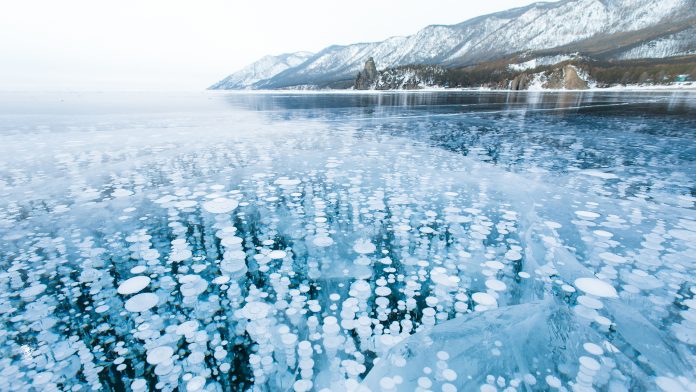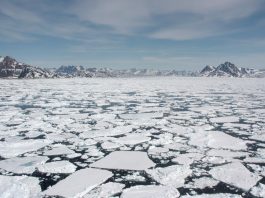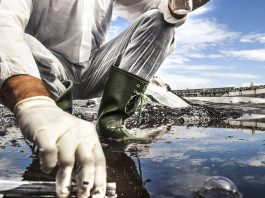A scientific expedition, carried out by the University of Gothenburg, has detected high methane levels in the Nord Stream leak area.
The team spent five days at sea on the Skagerak research vessel. Despite the expedition being hastily organised, the researchers managed to detect rising levels of methane.
They found that levels near the leak were about 1,000 times higher than normal; however, it is too early to draw conclusions from the discovery.
“Everything has gone incredibly well, considering the short preparation time. In less than 48 hours, we got the researchers and equipment we wanted onboard,” said Katarina Abrahamsson, marine chemist at the University of Gothenburg, and co-ordinator for the expedition.
Methane levels are spreading throughout the water
The methane gas leak was discovered on 26 September and since then, it has continued to leak into the water, increasing methane levels. This meant that it was essential for the researchers to get to the area quickly, so they could measure the effects of the leak. The team collected a lot of important data, taking 100-200 water samples in around 54 hours.
“In order to map the spread of the methane in the water, we had 20 different measurement locations at intervals of approximately nine to 18 kilometres. At our assistance, we had researchers and equipment from the Alfred Wegener Institute in Germany. They have the knowledge to separate the pipeline methane from what occurs naturally,” explained Abrahamsson.
She continued: “In the water samples, we could see that the methane levels were up to 1,000 times higher than normal. Also, the distribution pattern of the methane from the leak was complicated and difficult to explain. A reason for this could be that we couldn’t measure the entire leak, because the vessel was only permitted to go in Swedish waters. We simply didn’t have time to seek permission from Denmark.”
Methane gas is dissolved in water, but when it reaches the surface, it transforms back into gas form and is emitted into the atmosphere. How long the elevated methane levels remain in the Baltic Sea depends on the currents, along with when the leakage stops.
Could the gas leak affect biological life in the Baltic Sea?
The researchers revealed that it’s unclear what kind of effect the gas could have on marine life. For instance, there are bacteria in the water that can oxidise methane gas, causing it to grow and multiply.
“I have filtered water samples during the expedition to see if there’s now been a growth of these types of bacteria when there are elevated methane levels in the water,” explained Carina Bunse, marine biologist at the University of Gothenburg.
Bunse continued: “It’s autumn now, and soon it will be low season for phytoplankton and zooplankton. It could affect the food web locally if these methane-eating bacteria grow at the expense of other plankton species. But we can’t foresee the results. Before we can draw any conclusions, we have to make DNA analyses of the content in the water samples.”
Now the Skagerak vessel is back in Gothenburg, the research team must take on a huge workload. Before they can conclude the impact of the high methane levels in the Nord Stream on marine life in the long run, they must analyse and discuss the water samples and measurements.
Abrahamsson concluded: “We now need to get an overview of our results, and then summarise them in an initial scientific paper. With a little luck, that could be published before the end of the year.”
The team are already planning a second expedition, this time intending to explore the waters east of Bornholm.





